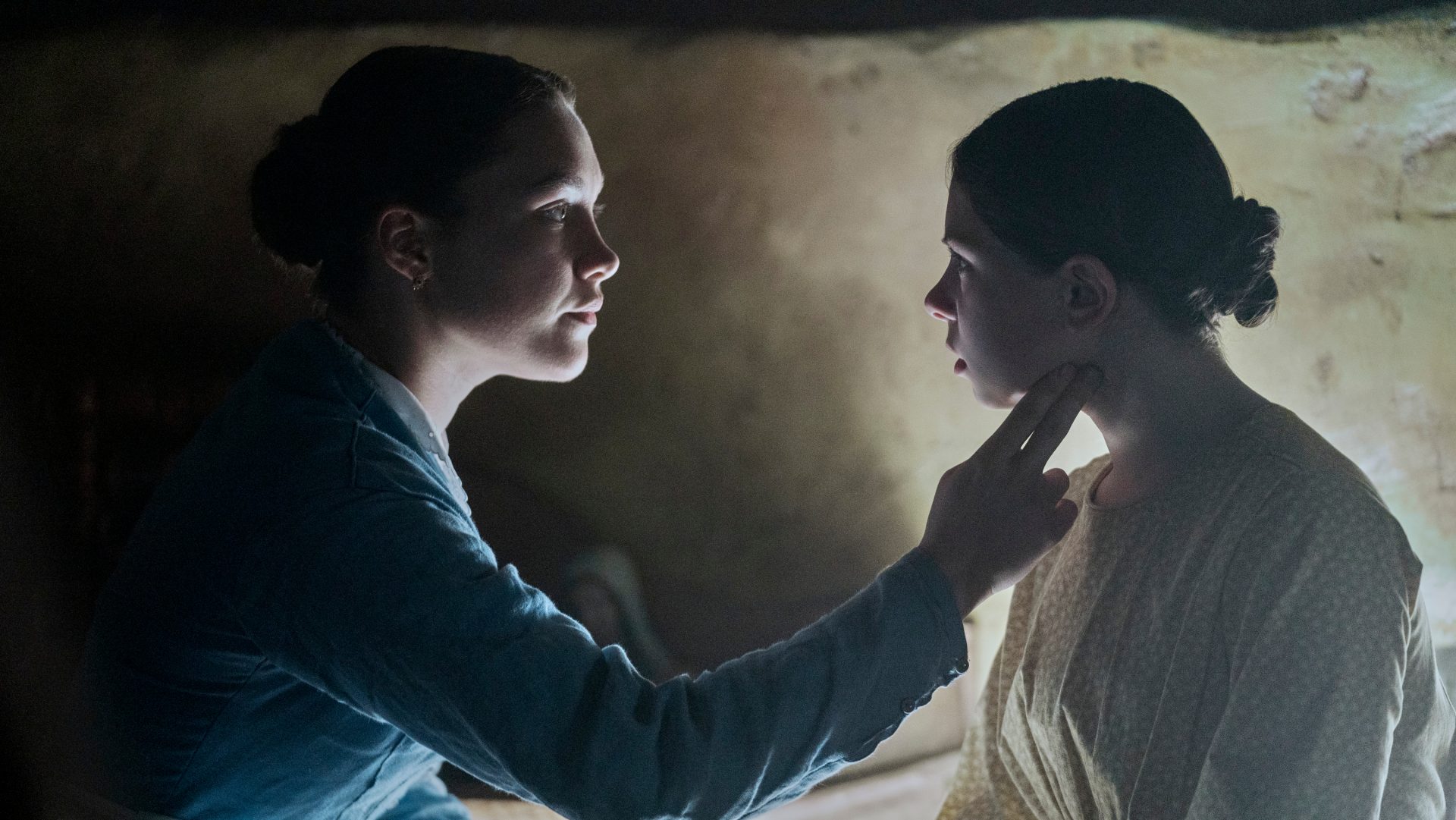Europe has had its fair share of ersatz Elvises. France had Johnny Hallyday. Britain had Cliff Richard. And Italy had Adriano Celentano. It was as the emerging “Italian Elvis” that he was cast by Fellini in La Dolce Vita (1960), singing a manic version of Little Richard’s Ready Teddy in a Rome nightclub and gyrating around the room with such riotous force that he ultimately ends up on the floor.
Despite this apery, just like those other counterfeit kings, Celentano has had serious longevity, remaining a constant through six decades of Italian history, releasing more than 10 albums a decade between 1960 and 1990 and appearing in scores of films.
Celentano was not a natural star. Gangly and with something of the hangdog mien of Jean-Paul Belmondo but far less good-looking, he embraced Jerry Lewis’s brand of physical comedy. He became a sex symbol nonetheless and his private life has been an ongoing public soap opera, the spotlight frequently falling on his marriage to singer and actress Claudia Mori and the two appearing together both on screen and record.
A major moment in Celentano’s success came 50 years ago this week, with the release of a song that was a surreal experiment in language and culture, and which has brought Celentano to the attention of whole new audiences in recent years.
Prisencolinensinainciusol (1972) was Celentano’s attempt to mimic how American English sounds to Italians, the nonsense lyrics improvised in the studio over a pounding bass drum, and two TV performances of the song from 1974 have preserved Celentano’s curious charisma at that time in his career.
On the variety show Milleluci, Celentano threw his signature shapes alongside the host, the singer, actress and all-round force of nature Raffaella Carrà, as they were accompanied by 20 black-clad dancers in a maze of mirrors. His kaleidoscopically colourful performance on Formula Due, meanwhile, saw Celentano appear as a hip-swivelling, velvet-jacketed teacher in front of a “class” of dancers dressed as schoolgirls.
Prisencolinensinainciusol was really just another instance of what Celentano had been doing since the 50s. His debut single Jailhouse Rock from 1958 has to be heard to be believed, each verse beginning with a fair effort at English enunciation but ending in a slurred linguistic meltdown. Prisencolinensinainciusol simply distilled this approximation of English syllables into its purest form. But the Milleluci and Formula Due performances saw the song begin to climb charts across Europe and it became an unlikely hit.
Should Prisencolinensinainciusol make Celentano appear like a novelty act, his intention with the song was in fact a deeper one, as he later said he intended it to reflect “the fact that people don’t communicate”. Another linguistic mash-up released three years later was also more multifaceted than it seemed. The moody rockabilly number Svalutation (1976) made a play on “svalutazione”, meaning “devaluation”, in reference to the plunging lira during the currency crisis of that year, and for a derivative rock ’n’ roller, Celentano often veered surprisingly towards the social and political concerns of a folk singer.
Celentano’s idiosyncratic inventiveness proved an inspiration to some unlikely British stars. Stand-up comic and EastEnders actor Mike Reid, who would soon claim some pop cred when his version of The Ugly Duckling became a Top 10 hit the following year, released a cover of Prisencolinensinainciusol in 1974 that is one of the more surreal moments in 1970s pop.
Obsessed with rock ’n’ roll mythology, Ian Dury listed Celentano alongside John Coltrane’s soprano sax and Bonar Colleano, the Stanley to Vivien Leigh’s 1949 on-stage Blanche DuBois, in his Reasons to Be Cheerful, Part 3 in 1979. The proto-rap of Prisencolinensinainciusol could only have spoken to Dury’s own experiments with language and rhythmic speech.
Periodically the Milleluci and Formula Due performances of Prisencolinensinainciusol go viral, their kitsch making them internet catnip. But Celentano, now in his mid-80s, is remaining relevant in other ways, too. The 2019 animated series Adrian saw him recast as a resistance hero in a futuristic, dystopian Milan, and was an ambitiously self-referential project.
Despite involving a who’s who of Italian talent (screenplay by Vincenzo Cerami, co-writer of the Oscar-winning Life is Beautiful, artwork by legendary cartoonist Milo Manara, soundtrack contributions from pioneering electro house DJ Benny Benassi), the series was widely panned, but many pointed out it was Celentano’s first true flop in a career of over half a century.
Celentano has proven that success requires a strange alchemy and often it’s the most unlikely experiments that triumph.
Adriano Celentano in five songs
Rip It Up/Jailhouse Rock (1958)
The 20-year-old Celentano’s debut single found him in full plastic Elvis mode, singing in an Anglitaliano drawl that left the lyrics barely decipherable.
Il ragazzo della via Gluck (1966)
Celentano’s autobiographical song refers to the street in north-eastern Milan that he was born on and reflects on the process of urbanisation: “Là dove c’era l’erba ora c’è/ Una città” (“Where there was grass now there is/ A city”).
Azzurro (1968)
Blue takes up the very southern European theme of the loneliness of the city during the summer when everyone has left for the coast.
Prisencolinensinainciusol (1972)
Celentano’s nonsense song had a serious message and has had a long afterlife as a viral hit.
Svalutation (1976)
This intense song referred to the events of the time – the crashing lira, the fall of Aldo Moro’s coalition government that January, and ongoing political violence (the guerrilla Red Brigades would murder Moro two years later).




